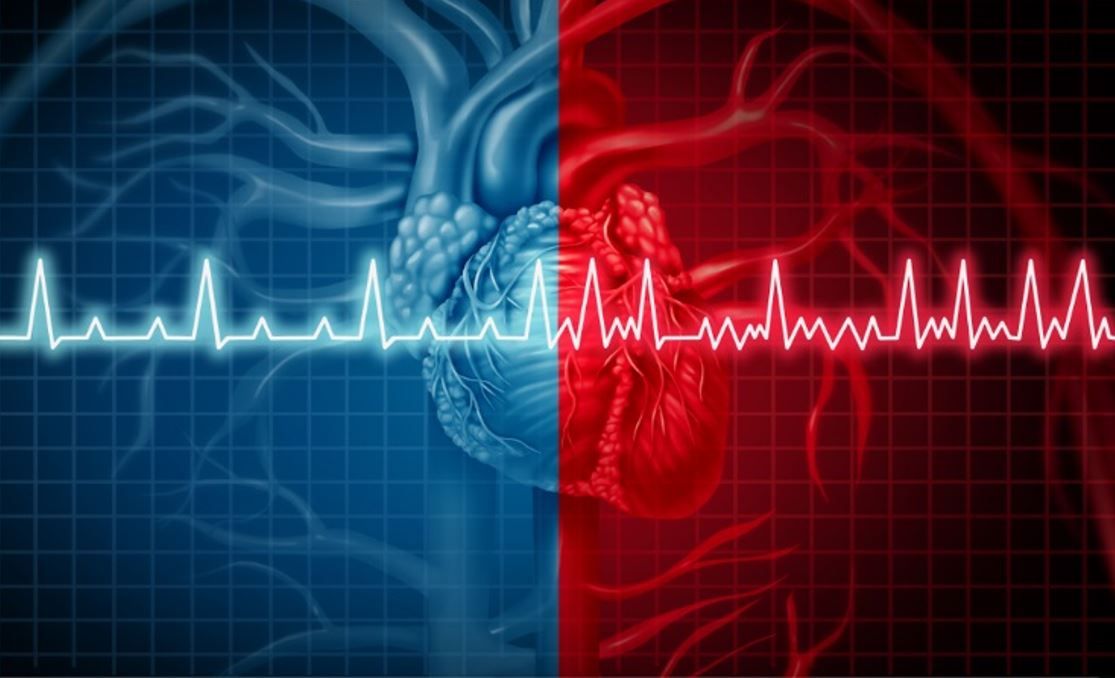- Clinical Technology
- Adult Immunization
- Hepatology
- Pediatric Immunization
- Screening
- Psychiatry
- Allergy
- Women's Health
- Cardiology
- Pediatrics
- Dermatology
- Endocrinology
- Pain Management
- Gastroenterology
- Infectious Disease
- Obesity Medicine
- Rheumatology
- Nephrology
- Neurology
- Pulmonology
Another Reason to Consider NOACs
A new study clears up a lingering question about the novel oral anticoagulants, VKAs, and risk of MI.
©Lightspring/Shutterstock.com

Given their ease of use, reliable clinical profiles, lack of drug-drug interactions, and safety and efficacy record, the novel oral anticoagulants (NOACs) are quickly becoming mainstream for practitioners when considering oral anticoagulation for a patient with atrial fibrillation (AF). Yet NOACS are not without some controversy. Results of randomized trials of patients with nonvalvular AF (who have higher risk of MI) showed a nonsignificant reduction in the annual risk of MI when patients received either apixaban (ARISTOTLE) or rivaroxaban (ROCKET-AF) and the RE-LY trial raised some concerns about MI risk with dabigatran. The evidence is no more conclusive for vitamin K antagonists (VKA) and risk of MI.
A recent paper published in JACC set out to resolve the conflicting evidence. Lee et al reported on their study of a Danish registry that analyzed “real world” data (including elderly and high-risk patients) on treatment-specific risk of MI in patients not previously treated with oral anticoagulation. There were 31,379 patients, mean age 74 years, 47% women. Approximately one-quarter each were treated with VKA, apixaban, dabigatran, and rivaroxaban. There were some differences among the groups:
- VKA group had highest proportion of men (59%)
- Apixaban group was the oldest (median age 76 years)
- Apixaban and rivaroxaban groups had the highest proportion of CHA2DS2-Vasc score ≥3.
There was a 28% discontinuation rate during follow-up.
Next: Results
NOACs vs VKA
Authors reported a statistically significant lower risk of MI with any NOAC vs VKA (-0.4% with apixaban, -0.4% for dabigatran, -0.5% for rivaroxaban). The NOACs all performed similarly when compared to each other. The 1-year risk of MI with VKA was 1.6% compared with 1.1% to 1.2% with NOACs. There were some differences in the composite of MI and cardiovascular mortality, with the event rate highest for rivaroxaban (9.04%), followed by VKA (8.61%), apixaban (6.25%), dabigatran (5.75%).
This large observational study has strength in its sample size although, by its nature, is subject to residual confounding.
Moreover, we are still trying to understand the complex bidirectional relationship between AF and MI risk. With this latest clinical evidence in hand, we are able to say that the NOACs are associated with a lower risk of MI compared with VKA. Recent trials, such as COMPASS, have suggested that a low dose NOAC (rivaroxaban 2.5 mg twice daily) in combination with aspirin 100 mg daily reduced cardiovascular events in stable CAD. However, how the full-dose NOACs should be prescribed in conjunction with anti-platelet agents to optimally reduce MI risk and minimize bleeding risk in patients with AF remains an open question.
Source: Lee C J-Y, Gerds TA, Carlson N, et al. Risk of myocardial infarction in anticoagulated patients with atrial fibrillation. J Am Coll Cardiol. 2018;72:17-26; DOI:10.1016/j.jacc.2018.04.036
